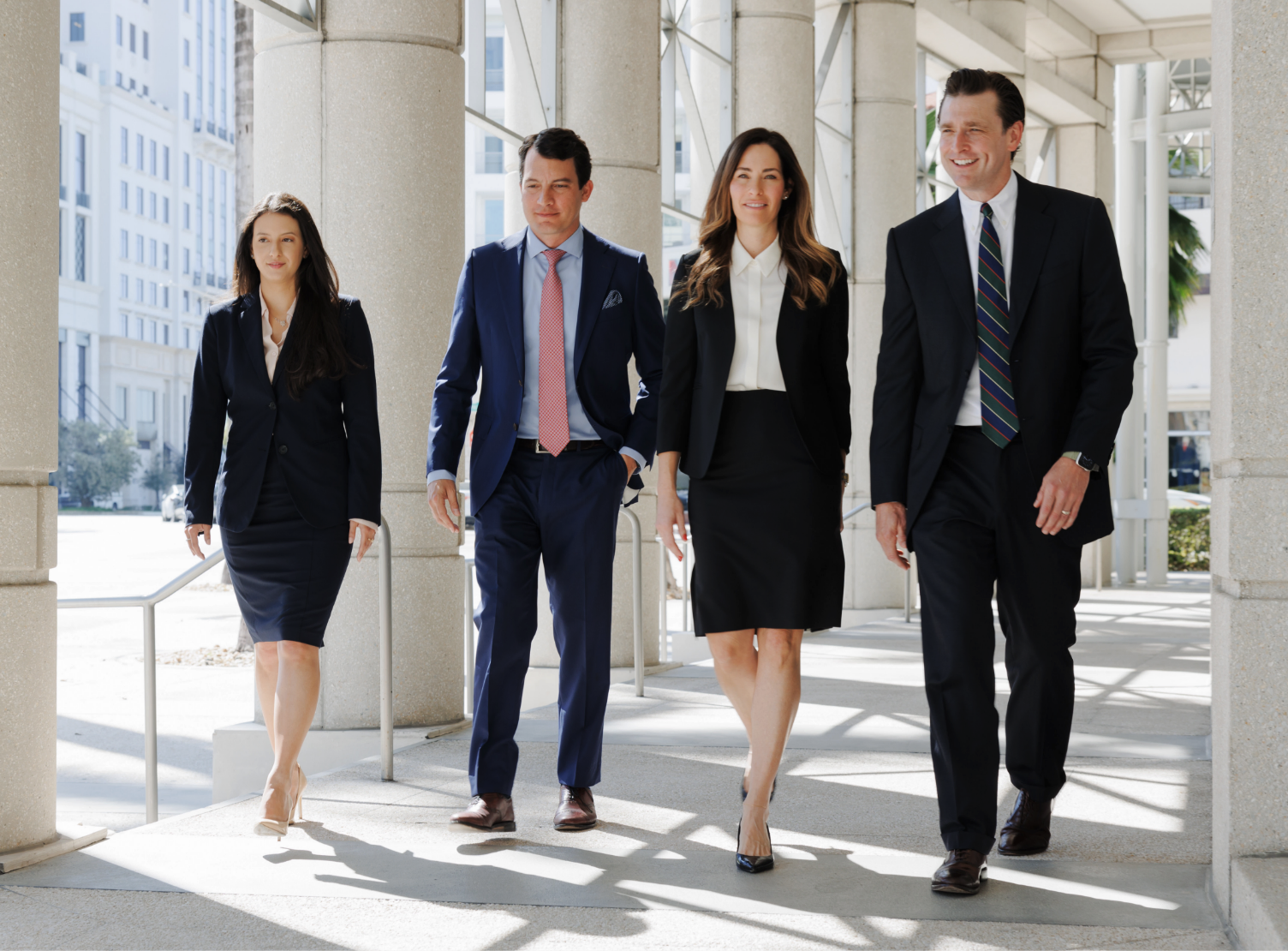If you’re suing a cruise line for negligence, it’s important to recognize, at the outset, whether you’re basing your claim on the cruise line’s direct negligence or the cruise line’s vicarious liability for an employee’s negligence. The nature of the claim will dictate how you plead, and ultimately prove, your case.
Actual vs. Constructive Notice in Cruise Line Injury Cases
The big difference between the theories has to do with whether you need to establish that the cruise line had notice (actual or constructive) of the risk-creating condition.
In a relatively recent decision—Yusko v. NCL (Bahamas), Ltd., 4 F.4th 1164, 1168 (11th Cir. 2021)—the Eleventh Circuit discussed the crucial “notice” distinction between a direct negligence theory and a vicarious liability theory.
Yusko involved a passenger who was injured during a dance with a cruise ship employee. The passenger sued the cruise line under a vicarious liability theory, arguing that the cruise line was responsible for the negligent act of its employee/agent.
The cruise line moved for summary judgment, arguing that, to prove her claim, the passenger had to establish that the cruise line had actual or constructive notice of the risk-creating condition on the ship. The trial court granted summary judgment to the cruise line.
Direct Negligence vs. Vicarious Liability for a Cruise Ship Injury
The Eleventh Circuit reversed. The Court ruled that, where a plaintiff sues on a vicarious liability theory—as opposed to a direct negligence theory—he/she does not need to establish that the cruise line was on notice of the risk-creating condition. Instead, the plaintiff need only establish that the tortfeasor (in Yusko, the employee dancer) was negligent and caused the injury to the plaintiff.
Notably, in reaching its holding, the Eleventh Circuit specifically addressed the concern that getting rid of the notice requirement in vicarious liability claims would result in future plaintiffs always suing cruise lines under a vicarious liability theory.
The Court downplayed the concern, noting that, in many injury cases, a plaintiff will have no choice but to proceed under a direct negligence theory (e.g., cases where the claim is not based on the active negligence of an identifiable employee but, rather, because of a failure of the cruise line to maintain safe premises).
Contact Our Florida Cruise Ship Injury Lawyers to Learn More
In short, when you’re investigating the negligence of a cruise line, keep in mind that how you plead the case can make a big difference in what you need to prove.
If you believe you have a case involving an accident on a cruise ship, the team at Maderal Byrne & Furst PLLC wants to help you. Complete our online form or call us at (305) 520-5690 to request a free consultation with our Florida injury lawyers.
